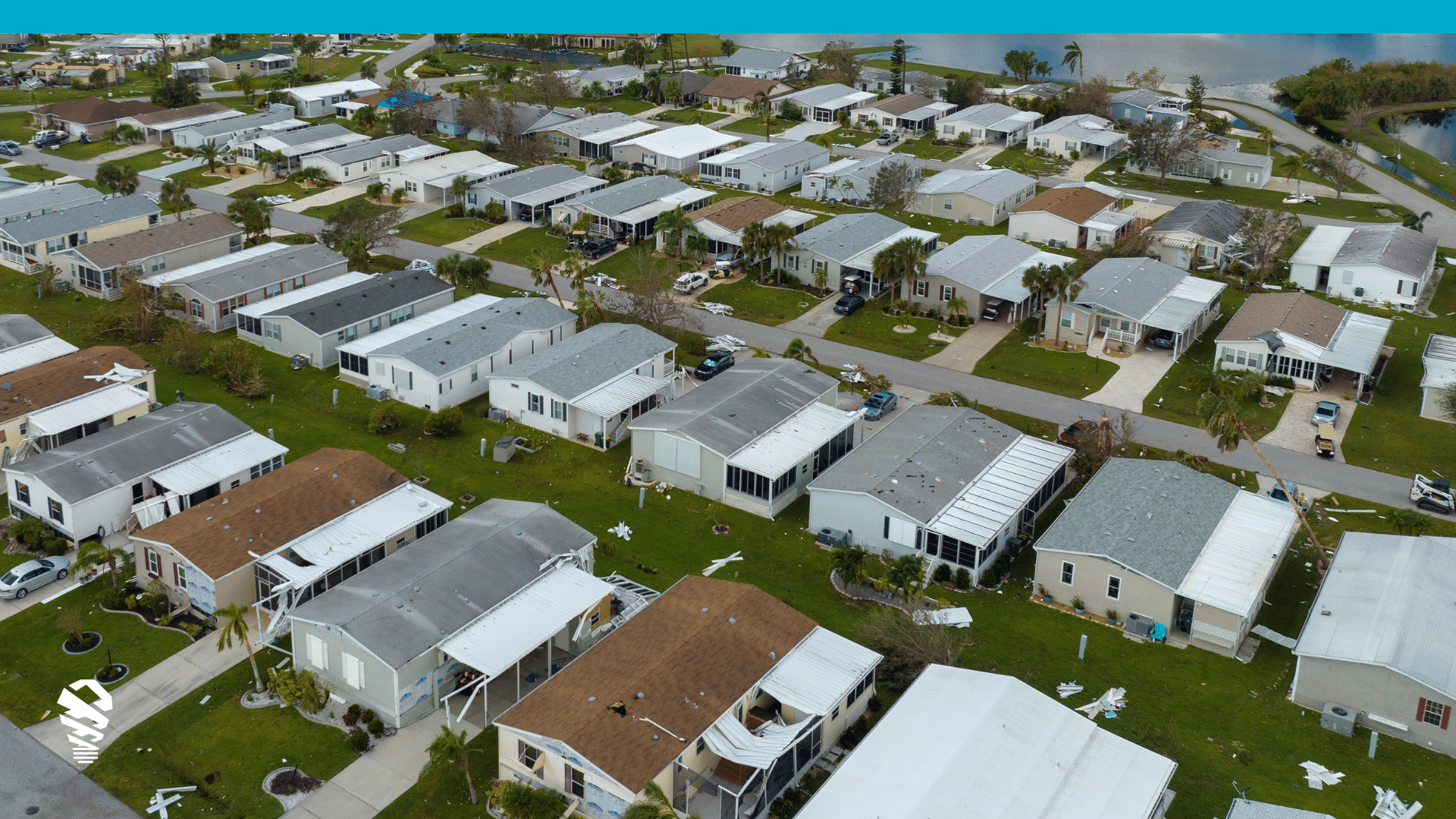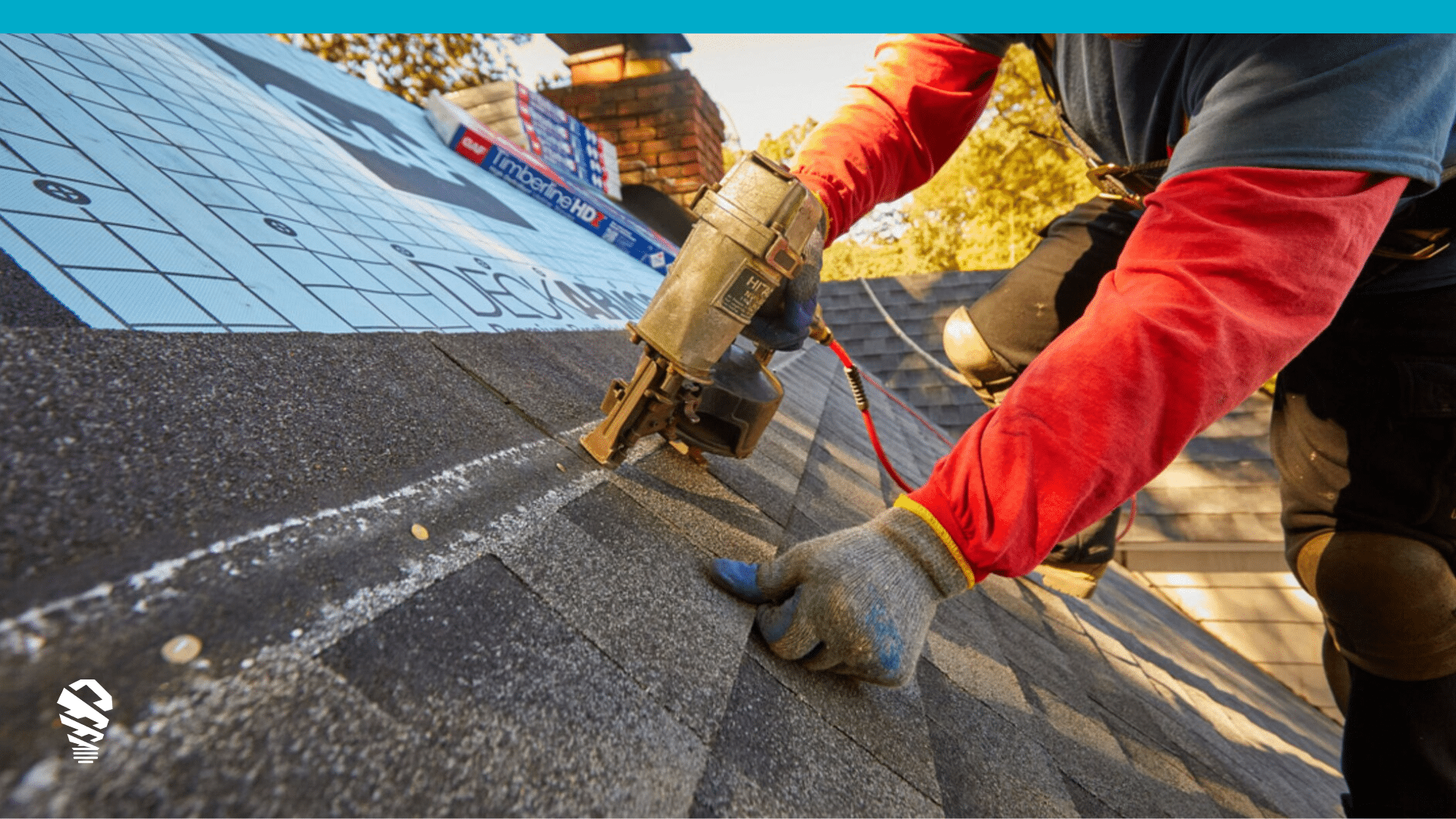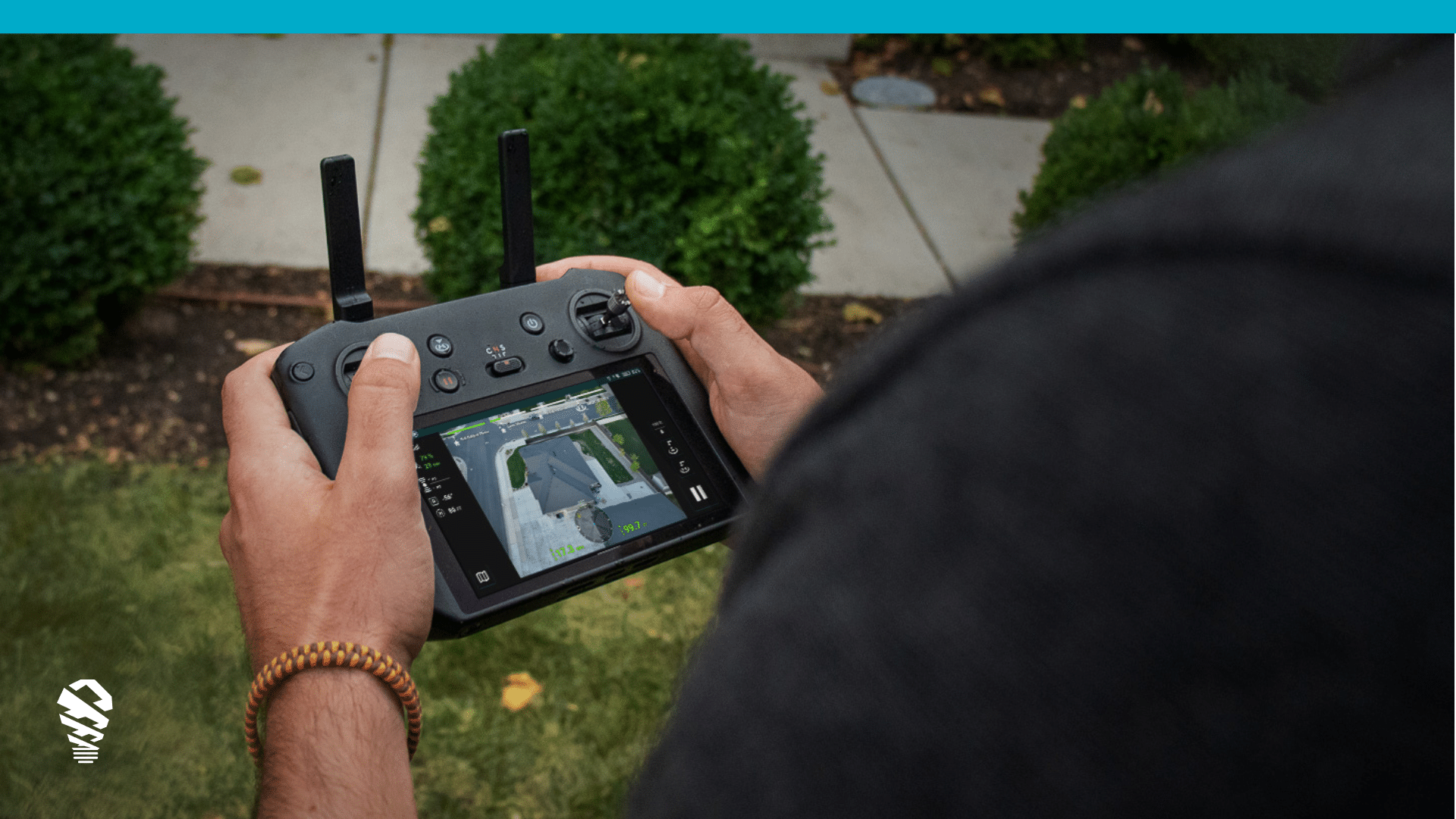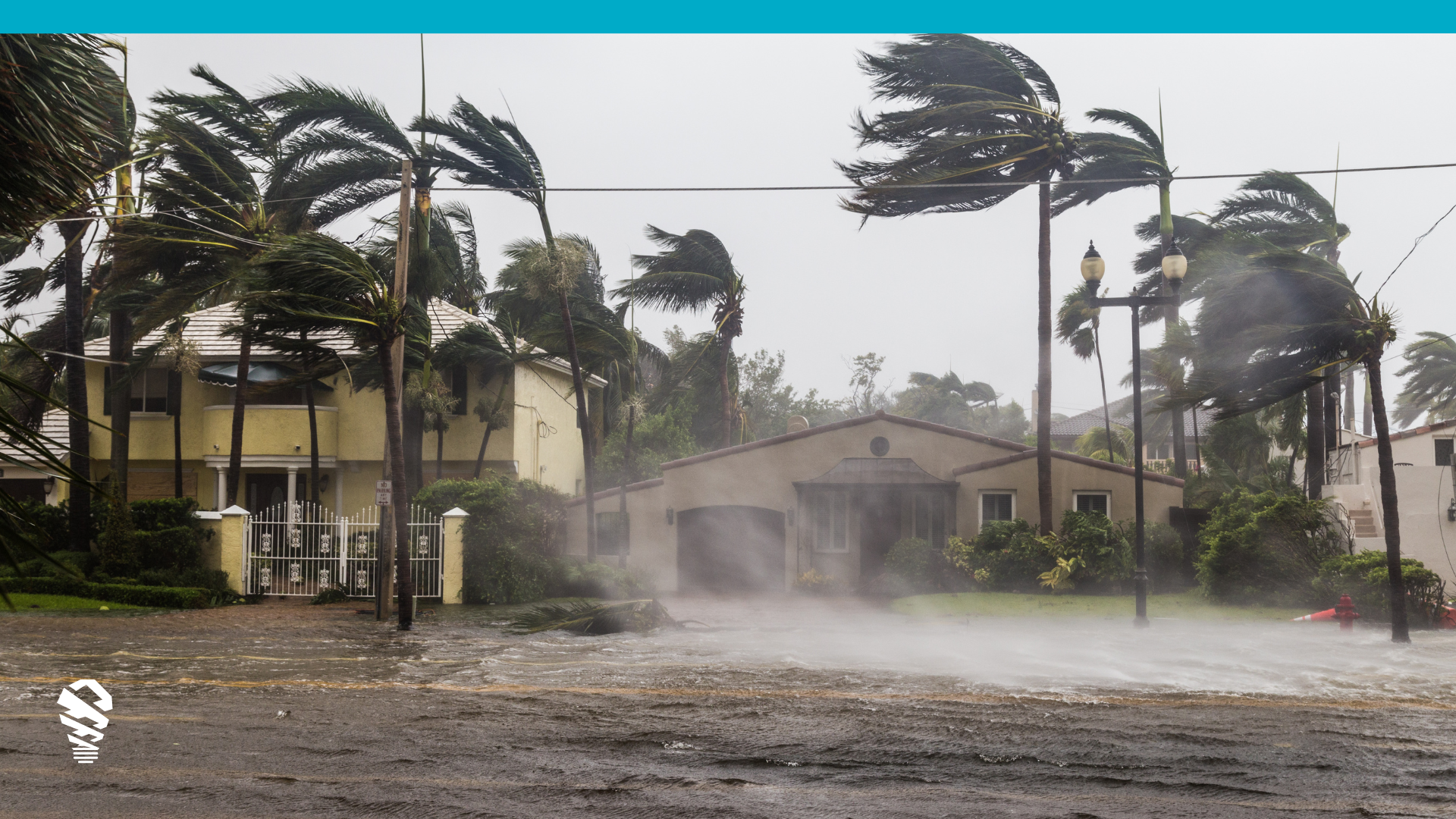According to the National Library of Medicine, 136,118 injuries a year are related to ladders and roofing is by far the most dangerous construction trade. Falls are a big expensive problem and roofers should be doing all they can to lower the risks. Certainly, there will always be a fall risk for crews repairing or replacing roofs, but on the estimating side, roofers can eliminate the falling problem using drone technology. The trouble is there’s a common misconception that drones for roof inspections are too expensive for roofers, when in fact, the cost of drone technology is minimal compared to the cost of an employee injury. Let’s break it down.
Roofing Risks
When roofers physically climb onto a roof, they put themselves at risk of falling and heat stroke. According to the Center for Disease Control, 81% of construction-related emergency room injuries involve a ladder. It’s easy to see why roofing leads the construction industry in falls, but that’s just one of the dangers. Climbing on roofs exposes workers to the risk of heat stroke during summer months. Heat exposure contributed to 37 work-related deaths and 2,830 nonfatal occupational injuries and illnesses in 2015 and 33 of those deaths happened from June through September. Between falling and environmental hazards, there are plenty of risks roofers face every day.
The Huge Cost of Employee Injuries
You know the dangers, but do you know the costs of injuries? According to OSHA’s injury cost estimator, a single fracture can cost a company more than $100K between direct and indirect costs. Add that to the costs of workers compensation, increased insurance premiums, lower productivity, and the emotional toll for an injured employee and it’s easy to see why roofing companies should reduce risks wherever possible.
Drone Investment Costs
There was a time when drones were a giant investment. Even today, some drones can cost upwards of $40K a year, but exotic solutions like these don’t provide much more additional value compared to more affordable options. Since you shouldn’t have to decide whether to buy new trucks or a drone, it’s wise to consider all your options. You can get an off-the-shelf drone for around $1K but these typically have limited abilities and need to be flown manually. More roofing-specific solutions will blend affordable hardware with software that aids you in gathering imagery and analyzing roof information. End-to-end drone solutions for roof inspections allow users to gather measurements and imagery, and provide a slick way to turn raw roofing information into polished bids. When you look at the potential cost of injury, investing in drone solutions to keep roofers safe is an obvious win.
Conclusion
Employee injuries can shorten careers, cause massive emotional tolls, and cost companies a lot of money. Drones for roof inspections can keep estimators safe from falls and other work-related accidents, while also providing dozens of other compelling benefits to roofing companies. If you’re looking for the latest ways to improve estimator safety and give yourself a competitive edge, look no further than drone technology.







